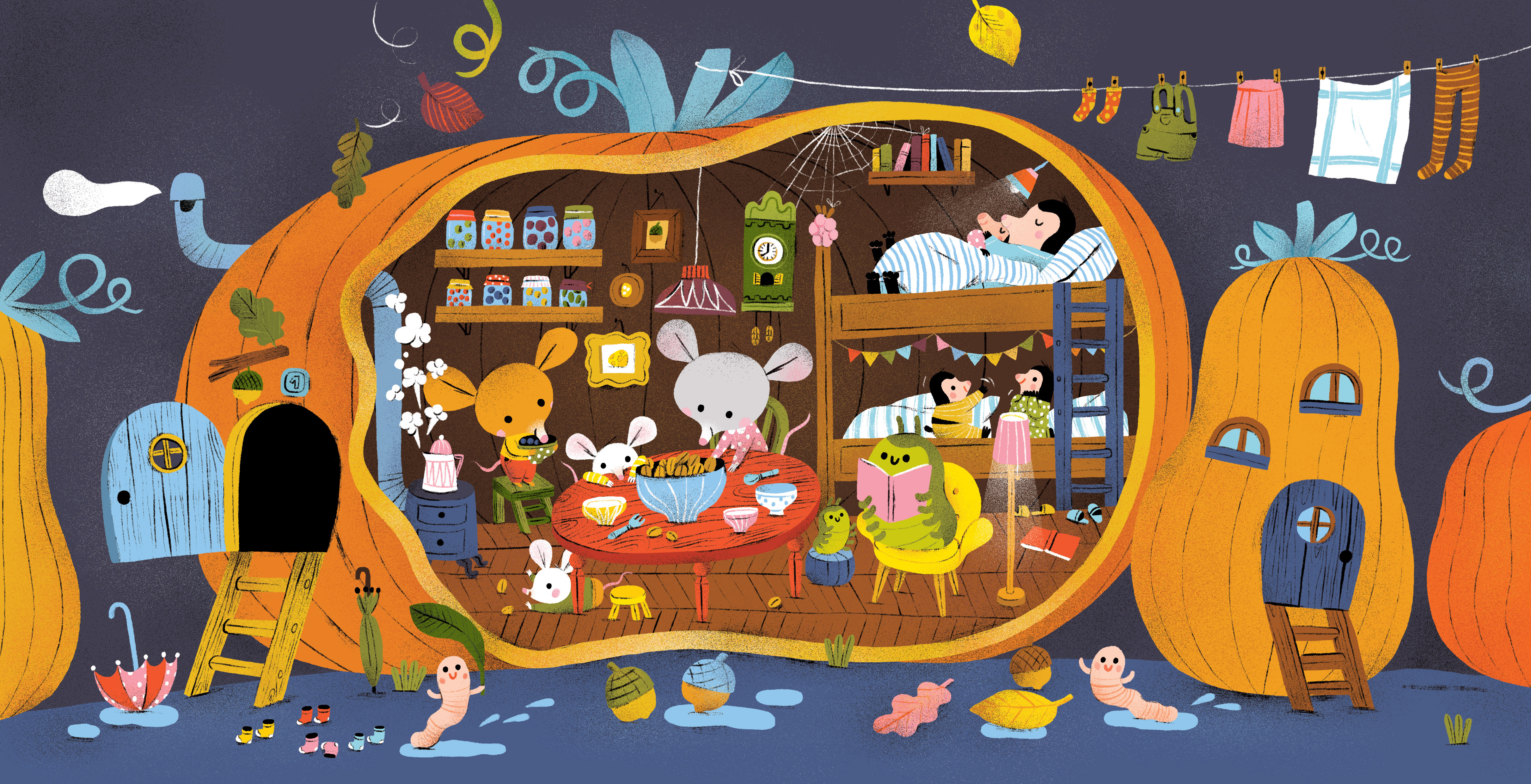
Diana’s Animal Fitbit Clockfaces
By - Diana D’Achille
Website - animalclockfaces.com
Animal Appreciation:
My Low Polygon Animal Series is devoted to the awareness, appreciation and education of animals across the world. We all know the generalities; elephants are large, sharks are slim, and porcupines are spiky. But apart from that, have you ever stopped to admire the shape or outline of your favorite critter?
Fitbit Animal Clockfaces:
I started coding and designing clockfaces for Fitbit in January 2019.
You can check out the digital clockfaces I designed and coded directly in Fitbit's App Gallery here,
It has been an incredible journey to create a digital product that people can wake up to every morning and casually check the time to time every now and then. I received recognition from Fitbit with multiple homepage features since January 2019 and was selected as one of Fitbit’s Staff Picks in Oct/Nov 2019. I am incredibly grateful and am look forward to continue to improve my design and coding skills.
All of my animals start with a sketch on paper or on my iPad mini with Adobe Draw. Prior to diving into the sketch, I like to do a little research on the animal I choose. By referencing images and videos I can combine the best of their features in my sketch. I strive to bring as much personality as I can. Some of the animals that require more detail can create some challenges, but I don’t mind them because it just pushes me to overcome these challenges and learn from them. Most of my inspiration is found watching Discovery Channel, surfing online wildlife photography, and skimming through National Geographic magazines.
After my sketch is complete I will then bring it into Adobe Illustrator to vector. (Example 1, Example 2) It’s important to understand the anatomy of the animal during this step. Once the vector is complete, I’ll then bring it into Photoshop to color, add textures, and design minimal shadows under the animal. During this process, my goal is to keep the colors and shapes as simplistic as possible without losing the animal's realistic features.
The Clockface Development Process:
In order to bring my animals to life on Fitbit, I needed to learn more about Java Script. While attending Quinnipiac University I took Java Script course on the side and learned how to use Visual Code. This allowed me to create code that would support my animal clockface design.
In order to bring my animals to life on Fitbit, I needed to learn more about Java Script. While attending Quinnipiac University I took Java Script course on the side and learned how to use Visual Code. This allowed me to create code that would support my animal clockface design.
What the Clock Faces include:
Featuring: Steps, Distance (Miles and km), Animated Heart-rate, Time (12 and 24 hr), Day/Month/Week and Battery Life Percentage.
In your settings you can change the background color to black, gray, cyan, green, blue, purple, orange, pink or yellow.
The Larger Project:
What I love about mixing technology with art is that it has no limits the possibilities are endless in Adobe's programs. My low polygon animals combine my love for animals, technology, and my passion for design. When my low polygon animals started to take on a personality of their own, I became hooked.
I started illustrating my Low Polygon Collection in June 2015. I am actively working away and excited to celebrate our 4-year-old Birthday. So, far I have completed 117 animals. The goal of the collection is to expand to 400 species. #Exhibit400
Fitbit Clockfaces: (First one launched1/01/19 – Currently working on creating more and bringing existing animals to life on Fitbit)
School: Quinnipiac University
Programs used:
Illustrator
Fitbit Studio
Visual Code
Photoshop
After Effects (For animated animals)
Adobe Illustrator Draw
Feel free to follow us on our journey as we expand our collection to 400 animals.










